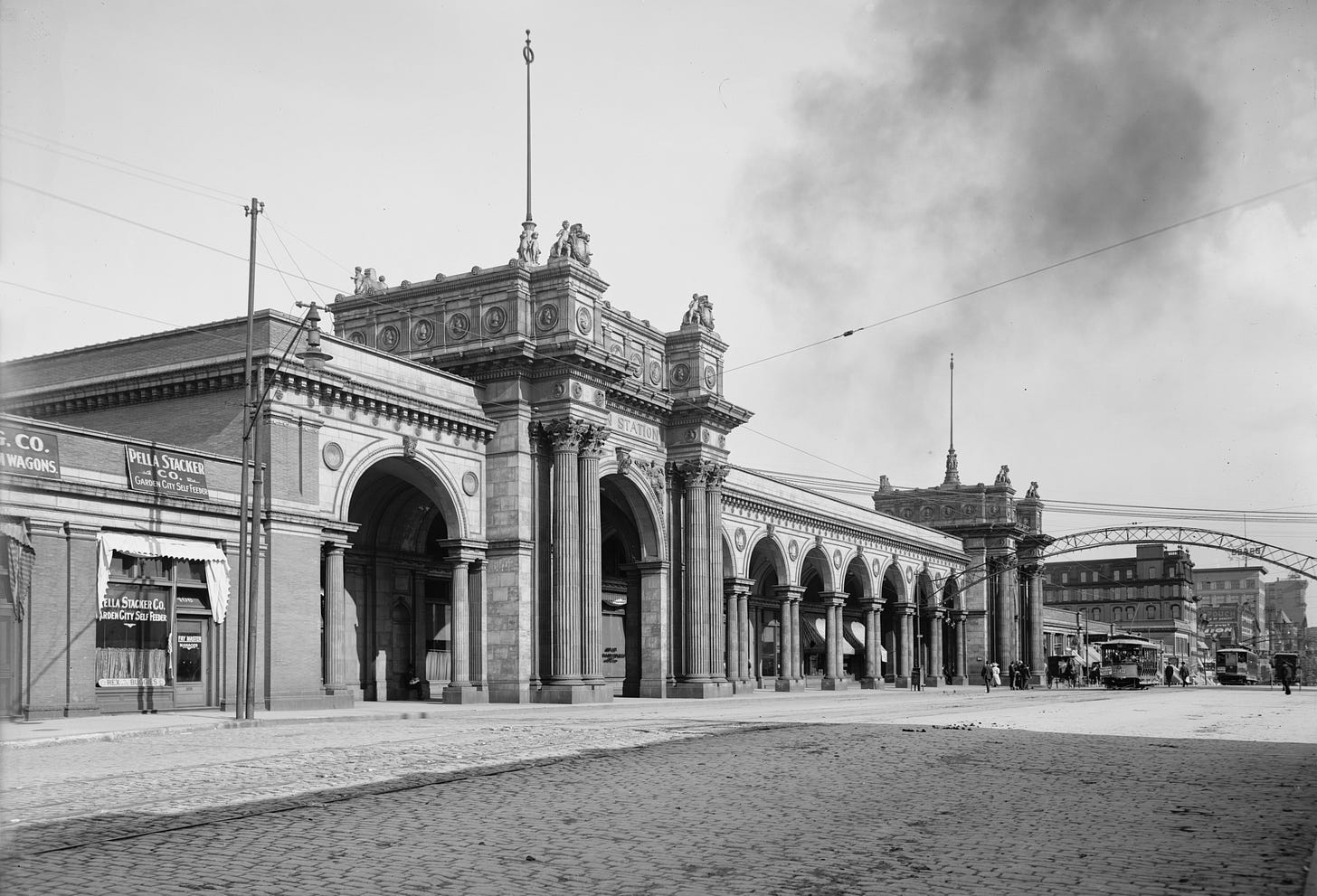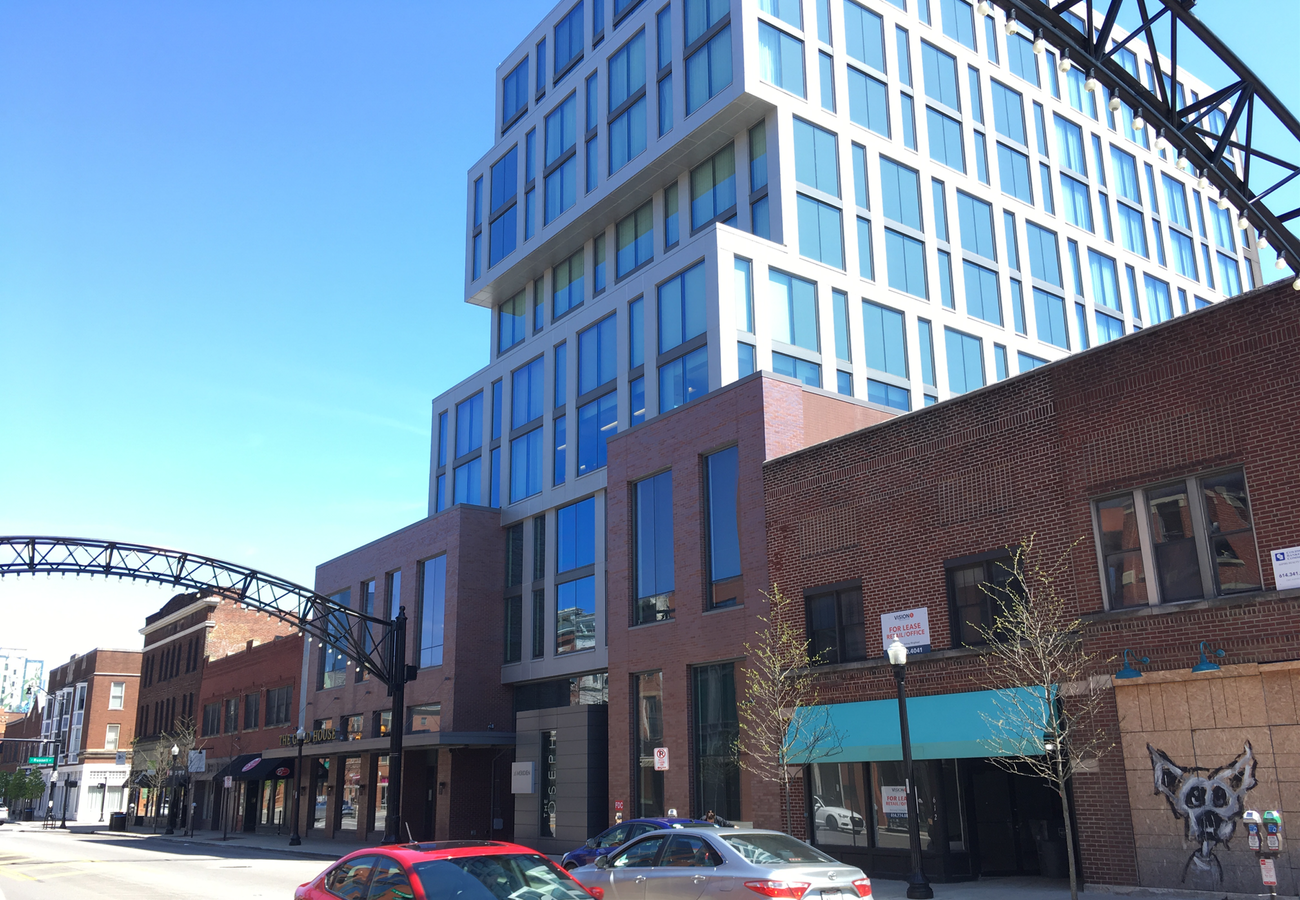Does Gentrification have an Architectural Style?
We have all experienced the malady of gentrification in one way or another, whether firsthand or in an article/book. Is it possible to literally see gentrification via it’s architectural style? Does gentrification even have an architectural aesthetic?
In order to establish what gentrification is, I am going to invoke the 5 points referred to in “How to Kill a City: Gentrification, Inequality, and the Fight for the Neighborhood”.
An initial inflow of gentrifiers trickle into a low income neighborhood in a city. These gentrifiers typically include young people who hate living in the suburbs, often artists and people who don’t feel accepted in the suburbs.
A deluge of gentrifiers follow, typically referred to as “hipsters” (yes this term is still used in 2021)
This is the point at which Corporations start to see the profits of a newly minted, highly privileged population that took over a low income “undesirable” neighborhood. They move in.
Eventually Corporations are the only entities that can influence the government since they have the most financial power.
Finally, if the city is large and globally important enough, the “reach of global capital down to the local neighborhood scale” takes over. None of the original culture remains.
Gentrification is the effect of government opening up zoning laws, supplying economic incentives for corporations to buy intentionally dilapidated property. In Columbus there are too many examples of gentrification to count. One of the most egregious examples, is the demolition of Union Station for the Peter Eisenman Convention Center (I might be the only person in Columbus that likes the Convention Center).

People often label things that are decidedly NOT gentrification as gentrification. Gentrification is not simply replacing old badly maintained with new contemporary buildings. Populations in cities are rapidly growing, much faster than either suburban or rural populations, so buildings should be built to alleviate the pressure of increasing population, otherwise the same consequences of gentrification will inevitably happen regardless. Therefore, the simple destruction of an old building to build new condominiums is not in and of itself gentrification.
This is an example of low income housing in the Weinland Park Area of Columbus. The first time I saw these homes, I believed that they were a result of gentrification.
So if I am to parse whether gentrification does have an aesthetic, I will need to look at some examples.
These all share some aesthetic quality I guess, but I argue that it’s just a typical developer aesthetic. It’s something that looks nice and is cheap to build. It’s a type of modified HGTV trendy chic. The thing is, the lower picture is of a building that used to be called the Bollinger Tower and is now referred to as the Graduate Hotel. It’s one of the most hateful examples of gentrification that I have ever seen. Essentially, it was the last vestige of the Short North’s low income past. The residents, who had lived there for decades, were given vouchers for other low income housing and forced out against protests from a number of advocates including the architect that designed, pro bono, the parklet plaza in front of Bollinger Tower. They built a lobby, a Shake Shack, and painted some murals on the side (one could argue that the painting of murals on sides of buildings is certainly an element of gentrified development, but I don’t think this would count as an architectural aesthetic.) This means that the majority of the architecture of Bollinger Tower was irrelevant to it’s gentrification. There are a number of non-gentrified areas that share elements with each of these examples, i.e. the Grandview Yard shares the sophisticated developer chic aesthetic, and the site previously housed warehouses.
I think the last dagger in the argument for a “gentrification architectural aesthetic” is that gentrification was present and identified over the better half of a century ago. Ruth Glass coined the term, but the most notable skewering of gentrification was from the renowned architecture critic Ada Louise Huxtable. She built her career on ridiculing real estate companies that forced out residents and destroyed historic architecture to build neighborhood voids known as “office buildings”. Those buildings you saw in the 1960s looks nothing like the aesthetic today.
While gentrification as we know it shares an aesthetic, gentrification does not possess this architectural aesthetic in a vacuum. As much as I want to use the term “gentrification chic”, contemporary developer led projects all share the same lazy pointless design regardless if it forces out low income residents or not.






